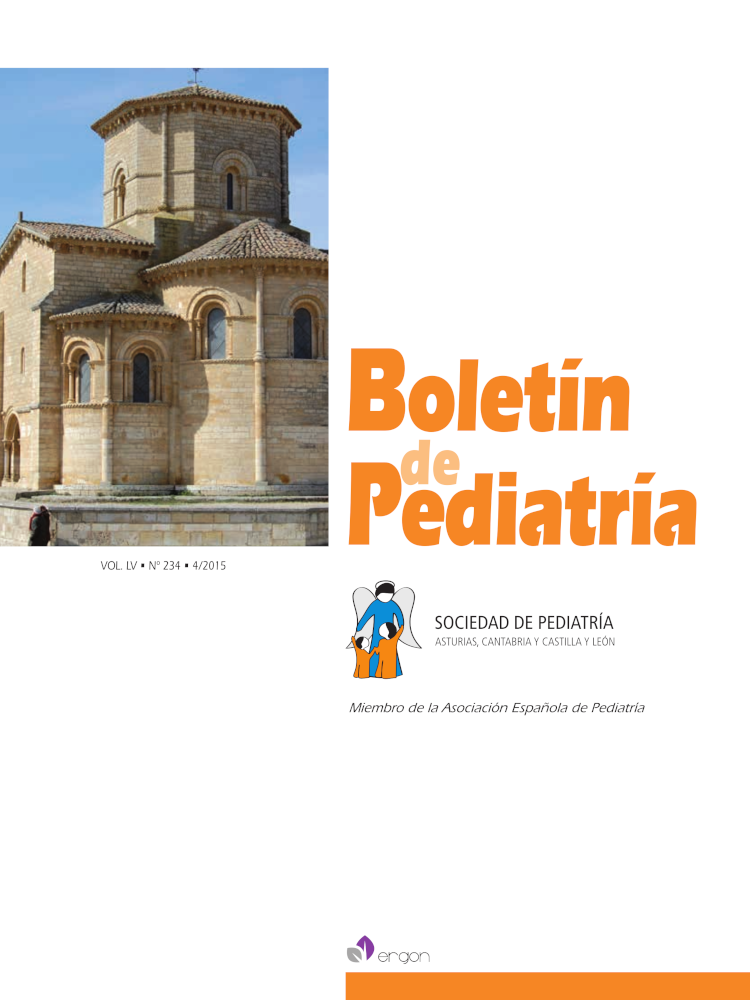Abstract
ntroduction. Obtaining of information on user satisfaction regarding their care in the pediatric emergency units is a basic objective in the analysis of perceived quality.
Objective, material and methods. Analyze care activity in a pediatric emergency unit in a regional hospital during a randomly selected week and describe the degree of user satisfaction in regards to the care received, information, health care team and facilities.
Results. The number of urgent visits during the week selected was 297 episodes, with 113 surveys (37.71%). A total of 74.1% were identified as mothers of the patient with a mean of 37.8 (SD: 6.0) years. Of these, 99.1% reported the possibility of being with their children at all times during the clinical activity and 99% considered they were adequately informed during the urgent process and 93.6% received adequate information for subsequent home management. Only 58% of the professionals were properly identified and 88.4% considered the time of stay in the unit adequate. Facilities and cleanliness were reported as excellent by 70%. The mean grade on the scale of 10 was 8.45 (SD: 1.72).
Discussion. Overall, 90% of those surveyed reported they could be very satisfied with the care received in our unit. This level obtained must be maintained and the points considered to be weak improved, mainly in regards to that related with our identification.

This work is licensed under a Creative Commons Attribution-NonCommercial 4.0 International License.
Copyright (c) 2015 Boletín de Pediatría
